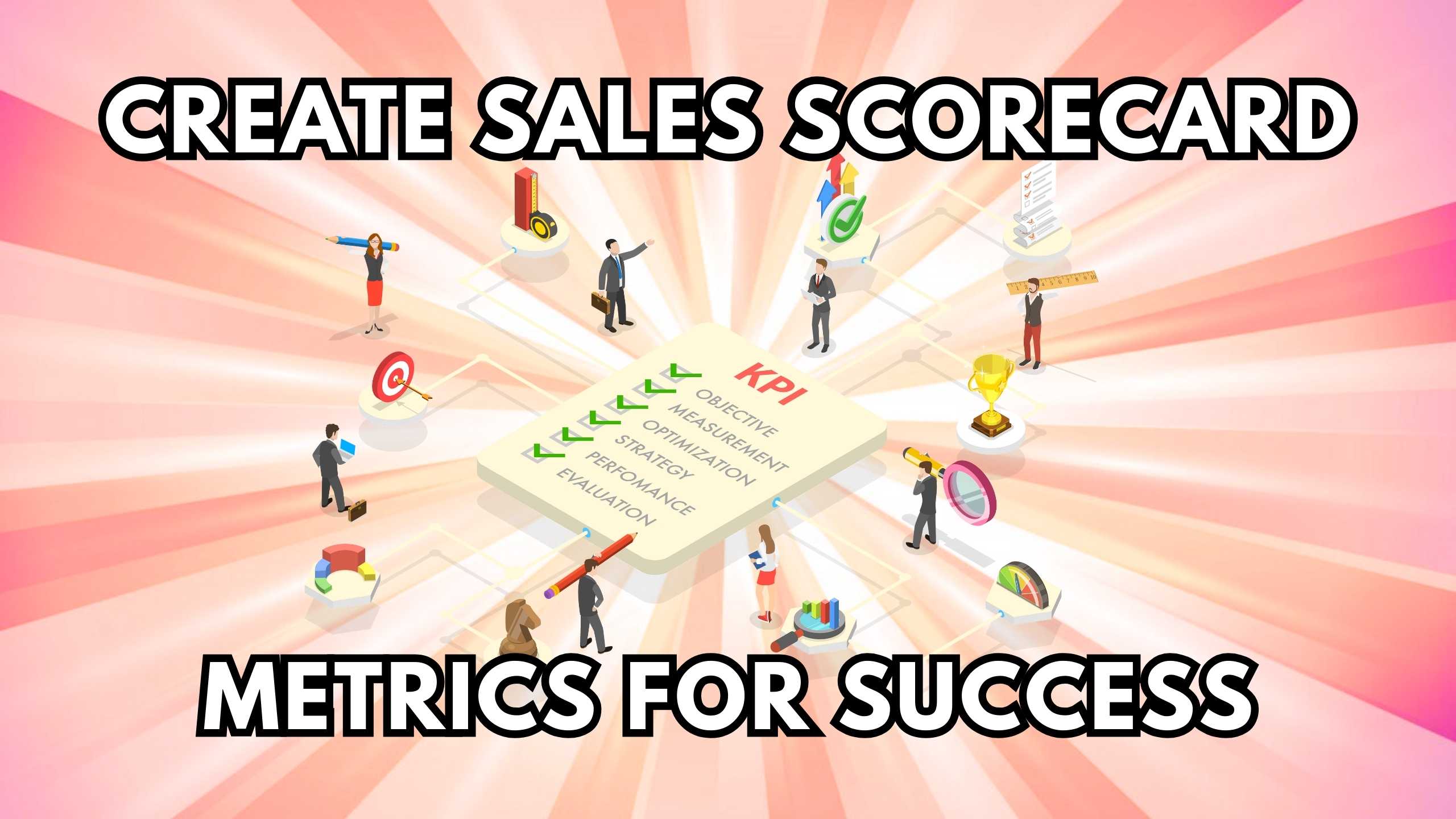Create Sales Scorecard: Metrics for Success
- Data as a Service (DaaS) Software Marketing & Analytics


Create Sales Scorecard: Metrics for Success
In the dynamic world of sales, creating an effective sales scorecard is imperative for tracking performance and driving success. This blog explores the essential metrics and strategies required to craft a comprehensive sales scorecard that not only monitors progress but also guides strategic decision-making.
Understanding Sales Scorecard Metrics
1. Lead Conversion Rate
The lead conversion rate is a fundamental metric that measures the percentage of leads that turn into customers. By tracking this metric, businesses can assess the effectiveness of their lead generation and nurturing strategies, making it a pivotal component of any sales scorecard.
2. Average Deal Size
The average deal size provides insights into the typical value of a closed deal. Monitoring this metric helps sales teams understand the revenue potential of different customer segments and tailor their approach accordingly, contributing to overall sales success.
3. Sales Cycle Length
The duration it takes to move a prospect through the sales funnel is crucial. A shorter sales cycle often indicates efficiency and responsiveness. Analyzing sales cycle length enables teams to optimize processes and reduce the time it takes to convert leads into customers.
4. Customer Acquisition Cost (CAC)
Understanding the cost of acquiring a new customer is essential for sustainable growth. CAC considers the expenses associated with sales and marketing efforts, providing a clear picture of the investment required to bring in new business.
5. Customer Retention Rate
While acquiring new customers is vital, retaining existing ones is equally important. The customer retention rate gauges the ability of a business to retain customers over a specific period. A high retention rate is indicative of customer satisfaction and long-term success.
How to Create a Sales Scorecard
To create an effective sales scorecard, start by defining your key performance indicators (KPIs). Tailor the metrics to align with your business goals and industry benchmarks. Utilize sales analytics tools, such as:
- Salesforce: Salesforce offers robust analytics tools that allow businesses to customize dashboards and track essential sales metrics seamlessly.
- HubSpot Sales Hub: HubSpot’s Sales Hub provides comprehensive sales analytics, allowing teams to create personalized scorecards and gain valuable insights into their performance.
- Pipedrive: Pipedrive’s analytics features enable businesses to track sales metrics, optimize processes, and create customized scorecards to drive success.
- Insightly: Insightly offers intuitive analytics tools that help businesses monitor key sales metrics, fostering a data-driven approach to decision-making.
- Zoho CRM: Zoho CRM’s analytics and reporting capabilities empower businesses to create tailored scorecards, providing a holistic view of their sales performance.
Conclusion
Crafting a sales scorecard with the right metrics is indispensable for businesses aiming to enhance their sales strategy. By leveraging the power of analytics tools, teams can gain valuable insights, make informed decisions, and drive success in a competitive market.
Unlock Sales Success with Subscribed.fyi
Empower your sales journey with Subscribed.fyi, the all-in-one solution for understanding, comparing, and managing your SaaS stack. Sign up today to unlock exclusive deals on sales analytics tools, streamline subscription management, and gain insights that will revolutionize your sales scorecard strategies.
Relevant Links:





